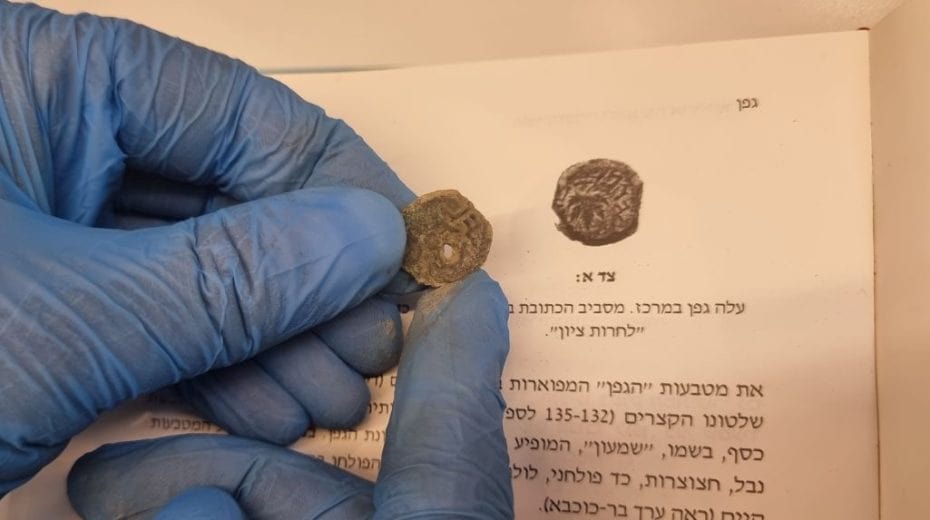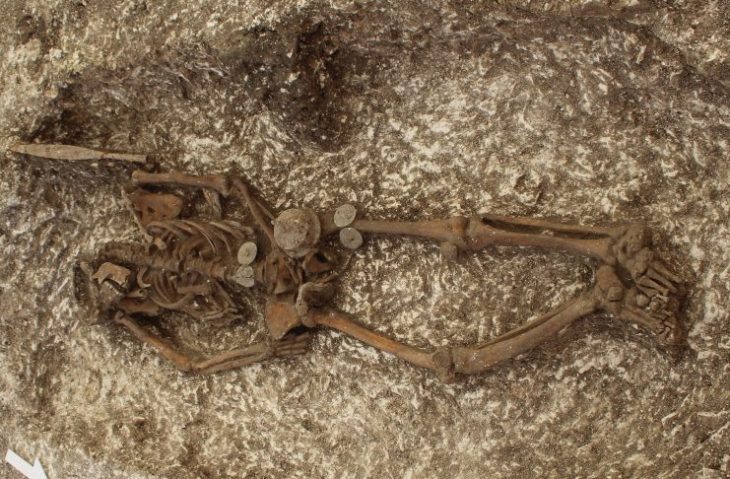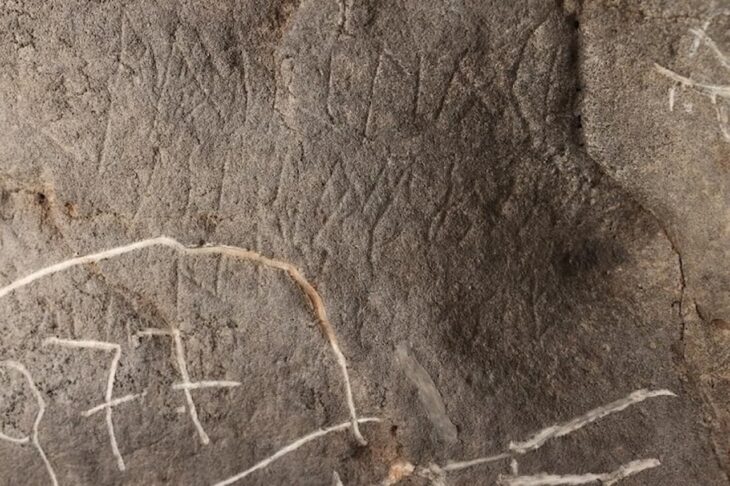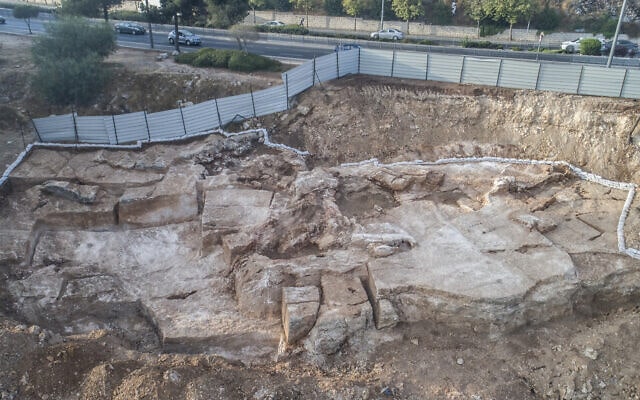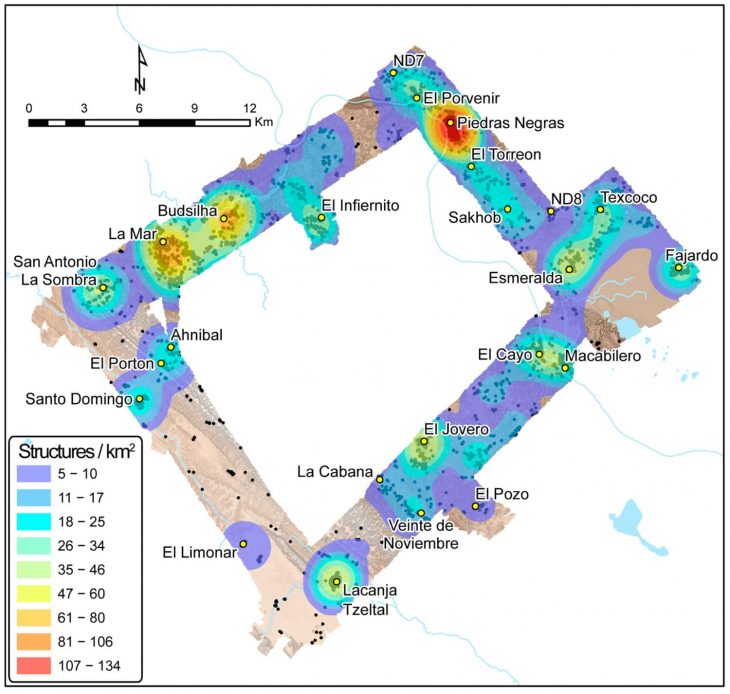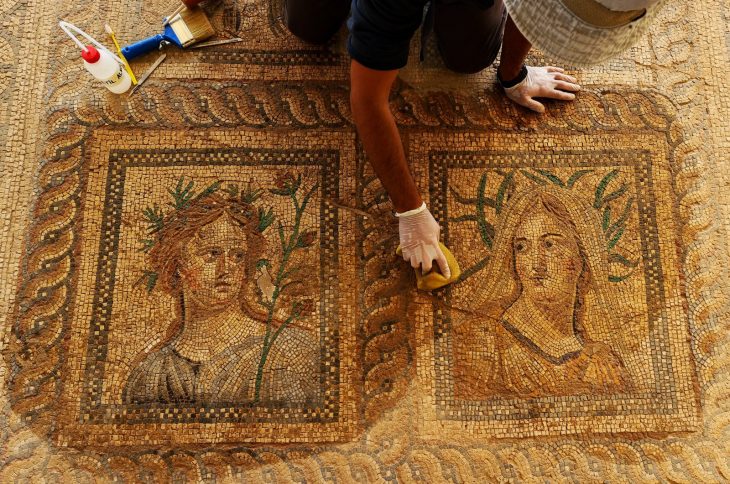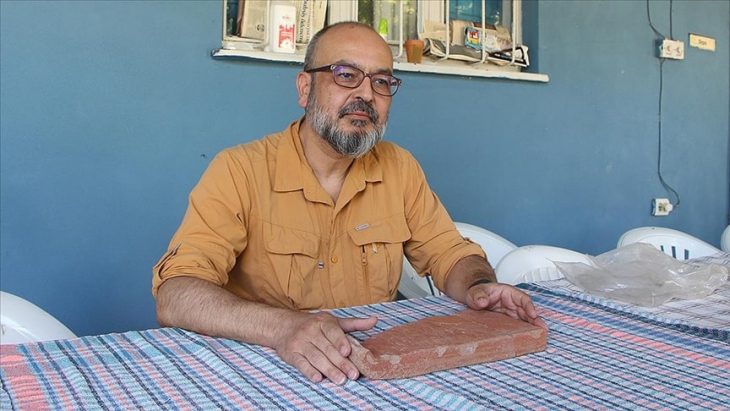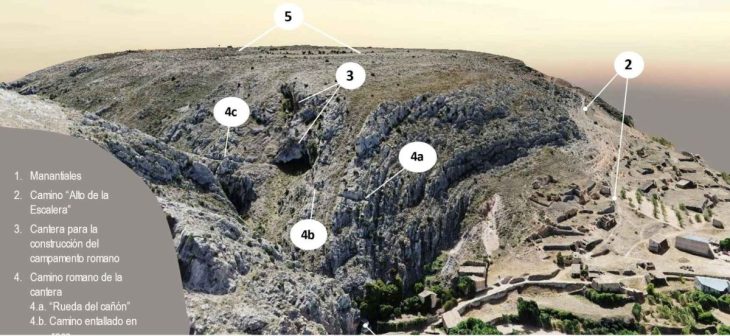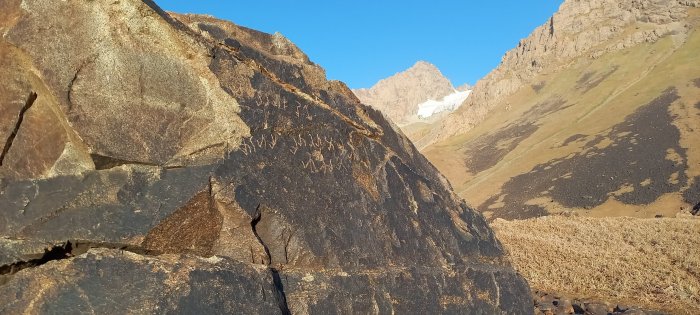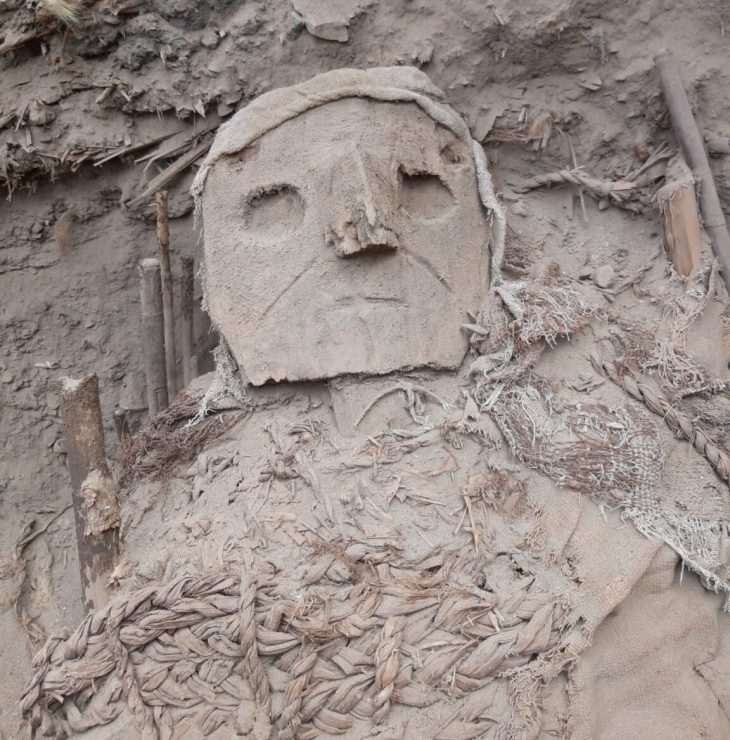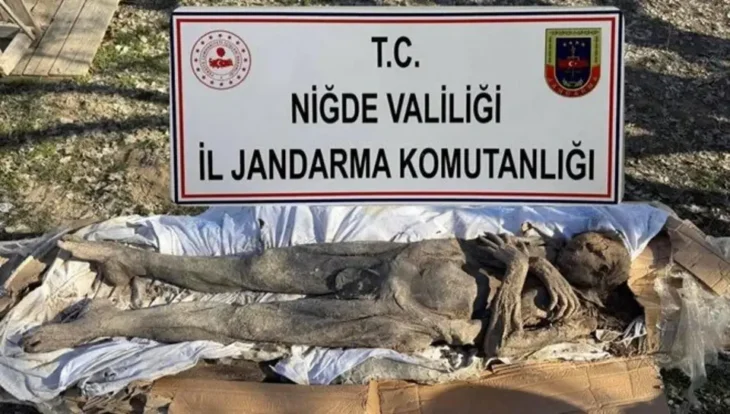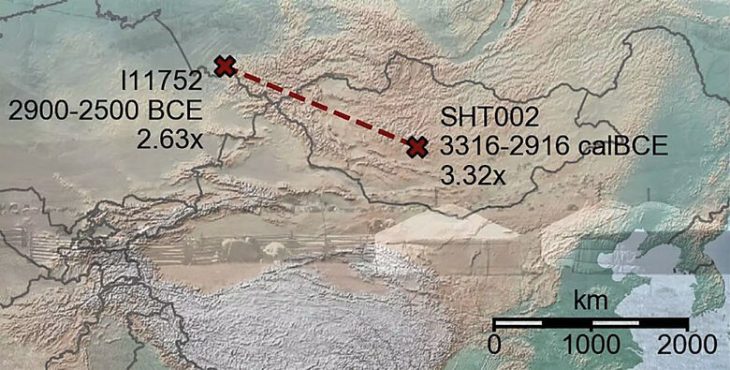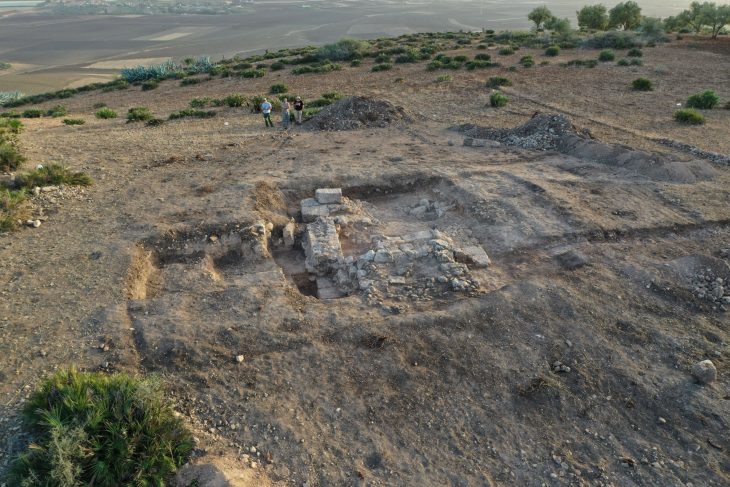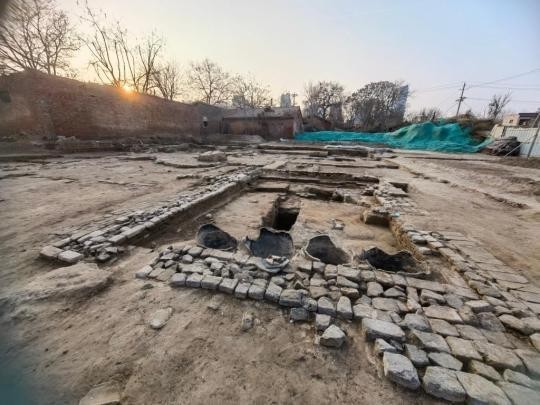Israeli researchers find evidence of the destruction of the Second Temple at the hands of Roman soldiers.
The discovery of a rare coin in Jerusalem’s City of David National Park has revealed tangible evidence of the destruction of the Second Temple and the devastating events that occurred 2,000 years ago.
The City of David Foundation announced the find on Thursday as Jews marked Tisha B’Av, a somber fast day commemorating the destruction of the First and Second Temples, which both occurred on the ninth day of the Hebrew month of Av.
Tisha B’Av, marking 1,953 years ago when the Jewish revolt against the Romans culminated in the disastrous defeat in the bridging of the Second Temple Walls, and its ultimate destruction at the hands of Roman soldiers. The fasting day is regarded as the saddest day in the Jewish calendar, and it is thus believed to be a day that is destined for tragedy.
The coin was inscribed with the words, “For the Freedom of Zion,” and was pierced in the middle. Presumably, it was worn as a pendant.
“It seems clear that the coin was pierced on purpose and the hole was not created as a result of natural weathering of the material,” Yaniv David Levy of the Israel Antiquities Authority explained. “The coin is pierced on purpose to probably allow it to be hung.”
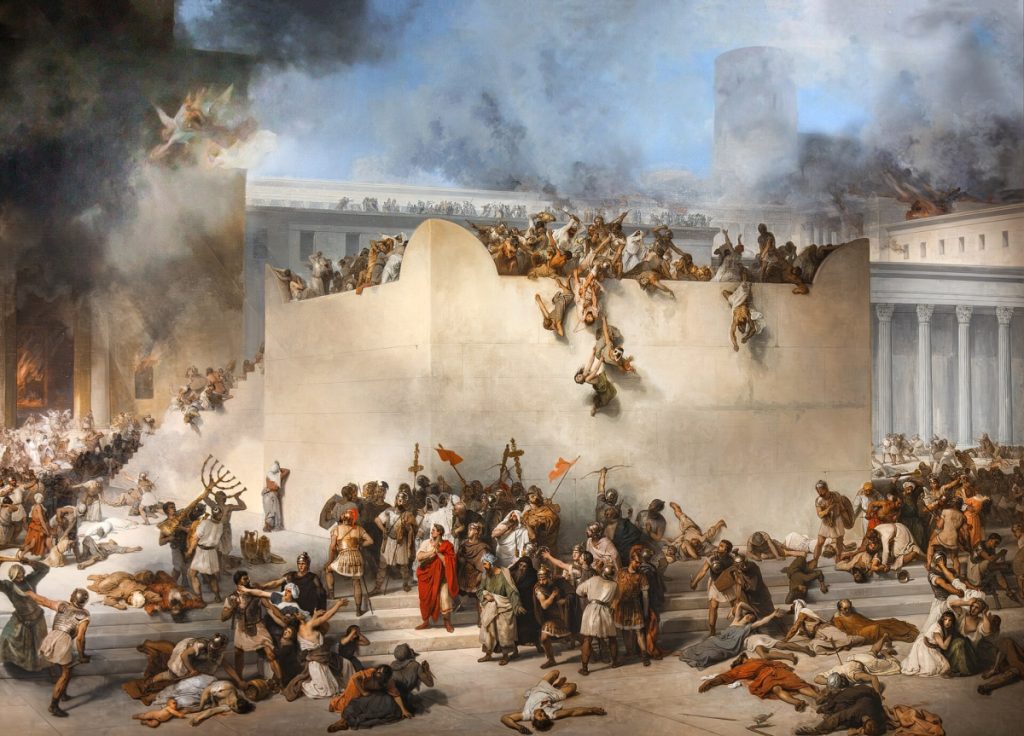
Yaniv David Levy added described that the coin features three pomegranates in its center, “a familiar symbol on the Israeli pound, used by the State of Israel until 1980.” A goblet appears on the other side and above it the Hebrew letter indicating the first year of the rebellion, as well as the inscription “half-shekel” for the coin’s value.
Levy explained that during the time of the Second Temple, pilgrims would pay a tax of half a shekel to the Temple and that this discovery proves worship of the Temple continued even during the Jewish rebellion.
“The coin is direct and touching evidence of the Jewish rebellion against the Romans – a turbulent period in the life of our people from 2,000 years ago, during which extremism and discord divided the people and led to destruction,” IAA director Eli Escusidoaded.
The seeds of the Great Revolt was in part caused by increasing religious tensions and high taxation, leading to the plundering of the Second Temple and the arrest of senior Jewish political and religious figures by the Romans.
The Romans assembled four Legions (supported by forces of Agrippa) to quell the uprising and punish the Jews as a lesson to others. When the legions arrived in Jerusalem in AD 70, they imposed a four-month siege on the city.
Titus Flavius Josephus, a historian of the time, wrote: “Jerusalem… was so thoroughly razed to the ground by those who demolished it to its foundations, that nothing was left to ever persuade visitors that it had been a place of habitation.” After several battles, the entire city and the Second Temple were destroyed.
Cover Photo: IAA

